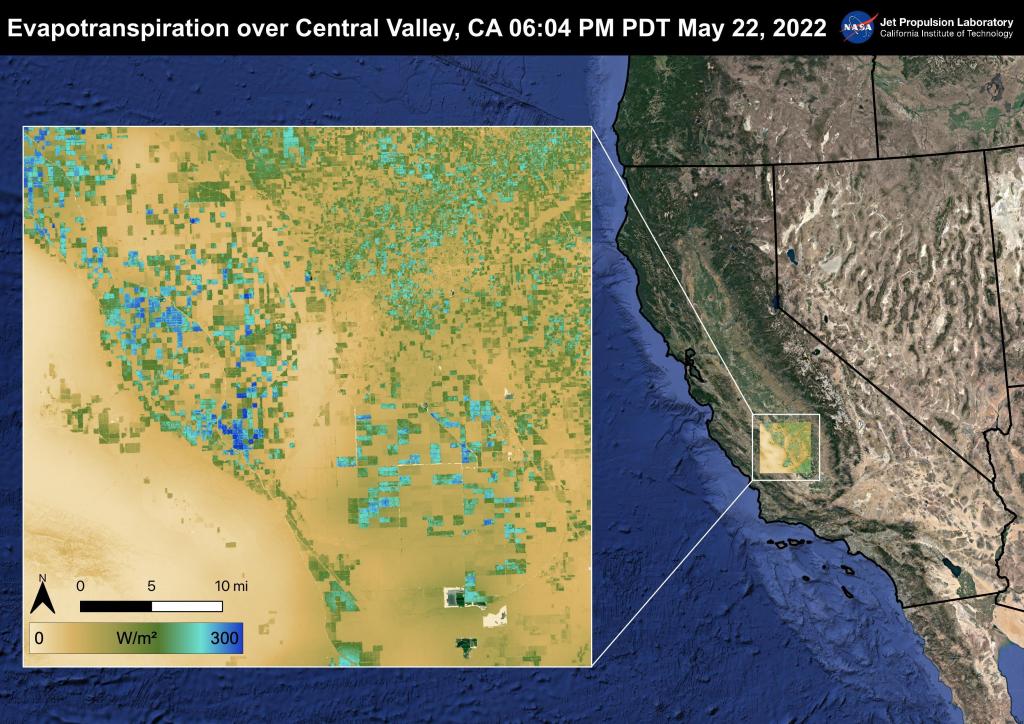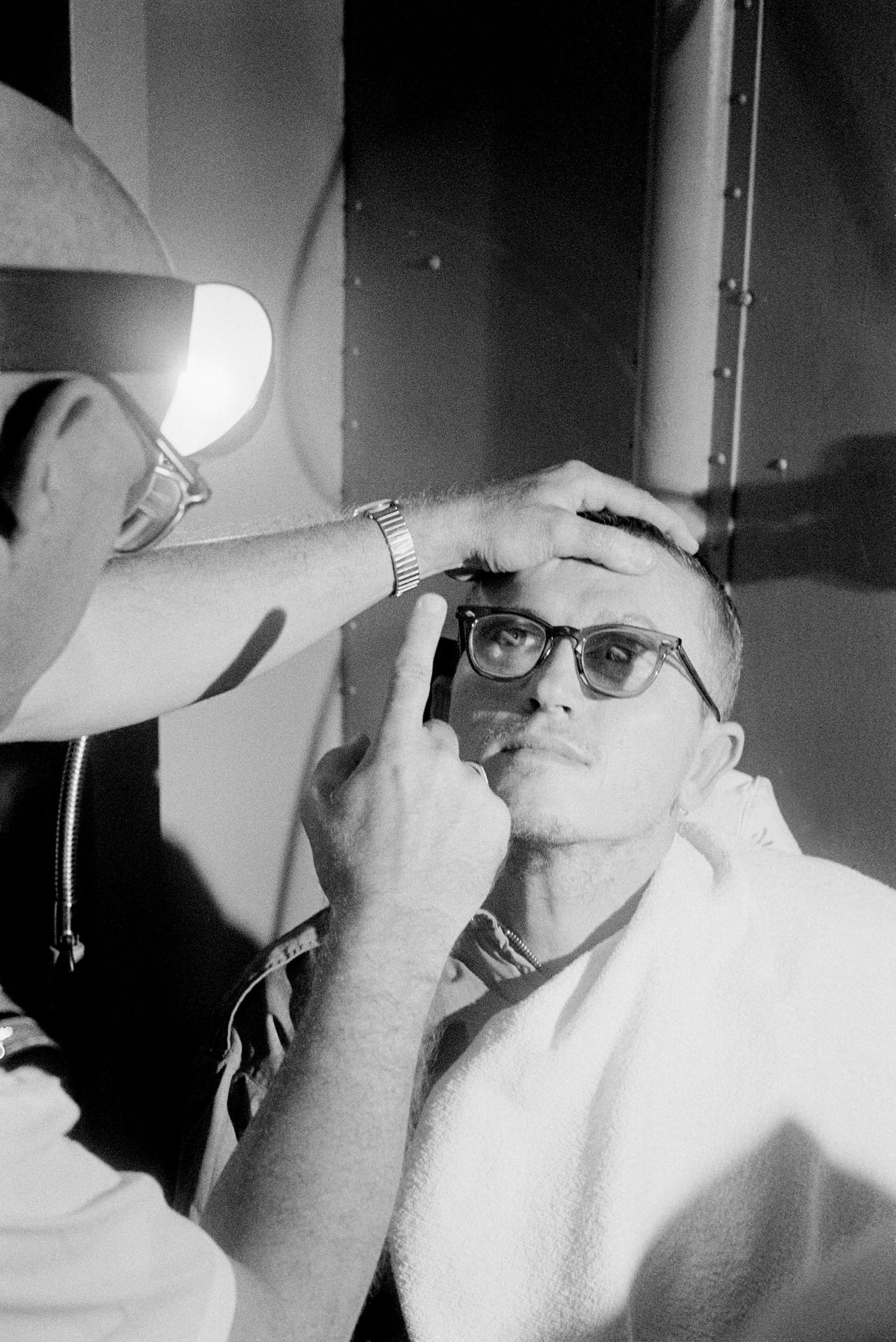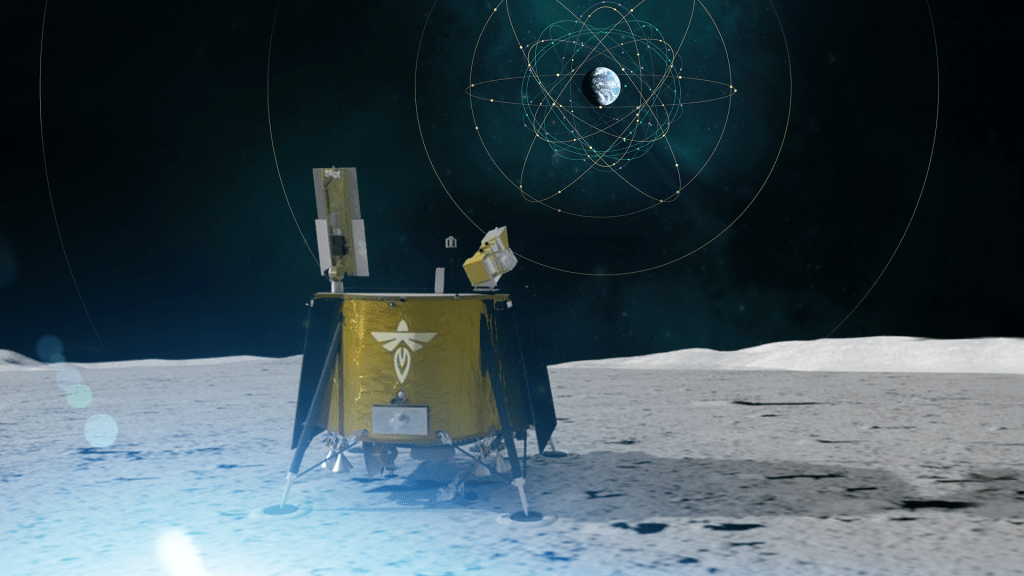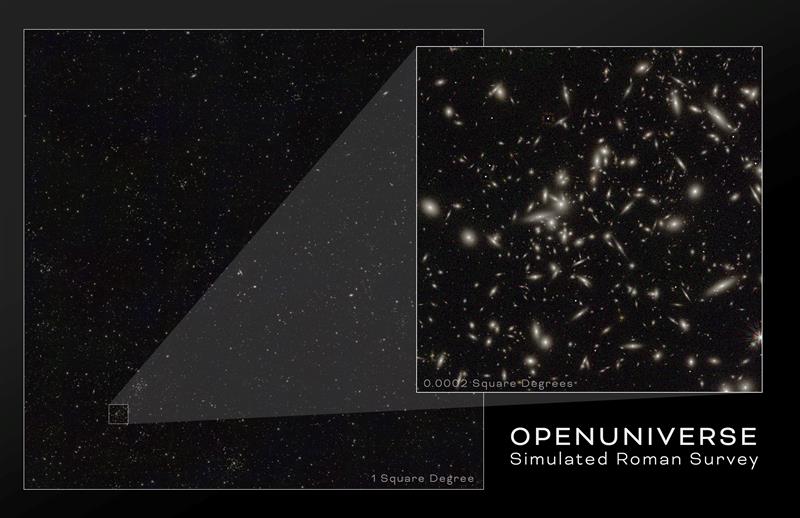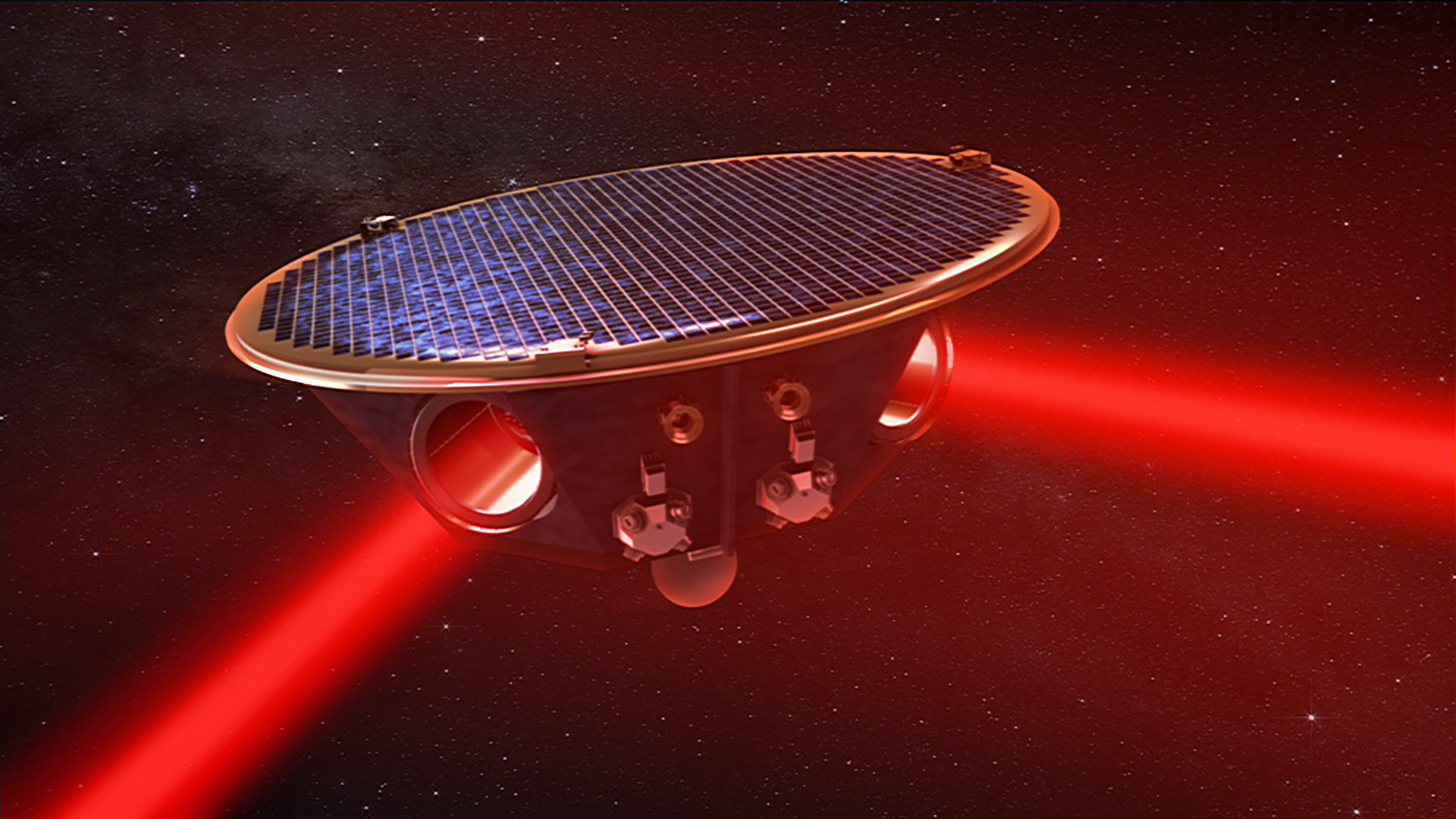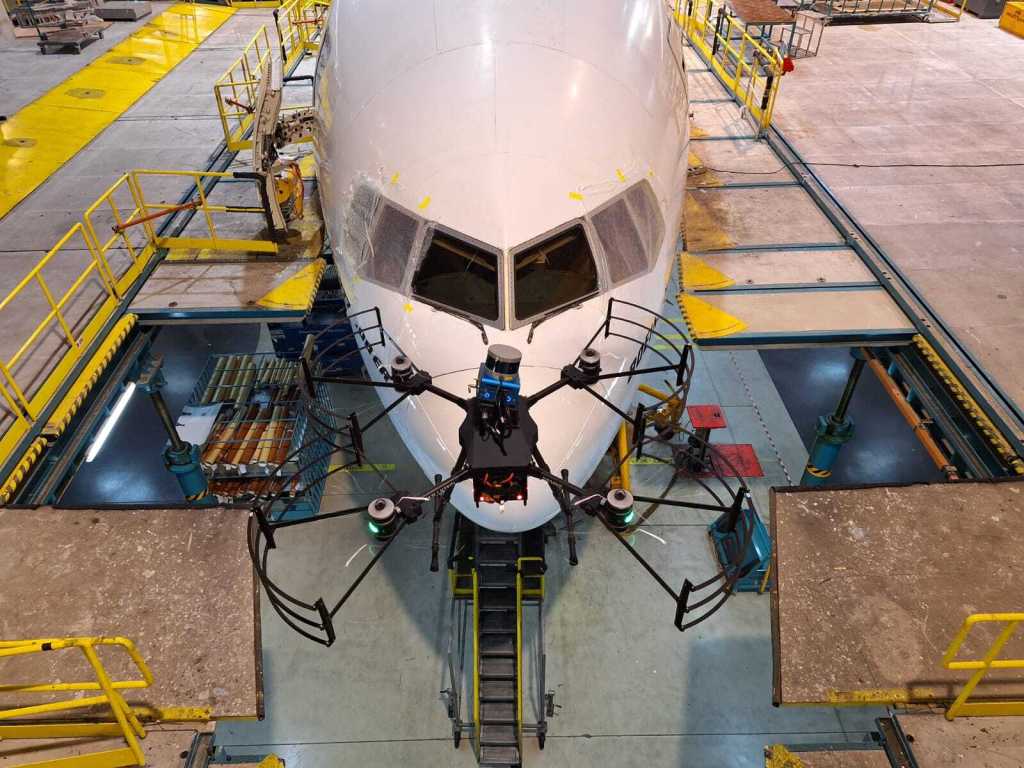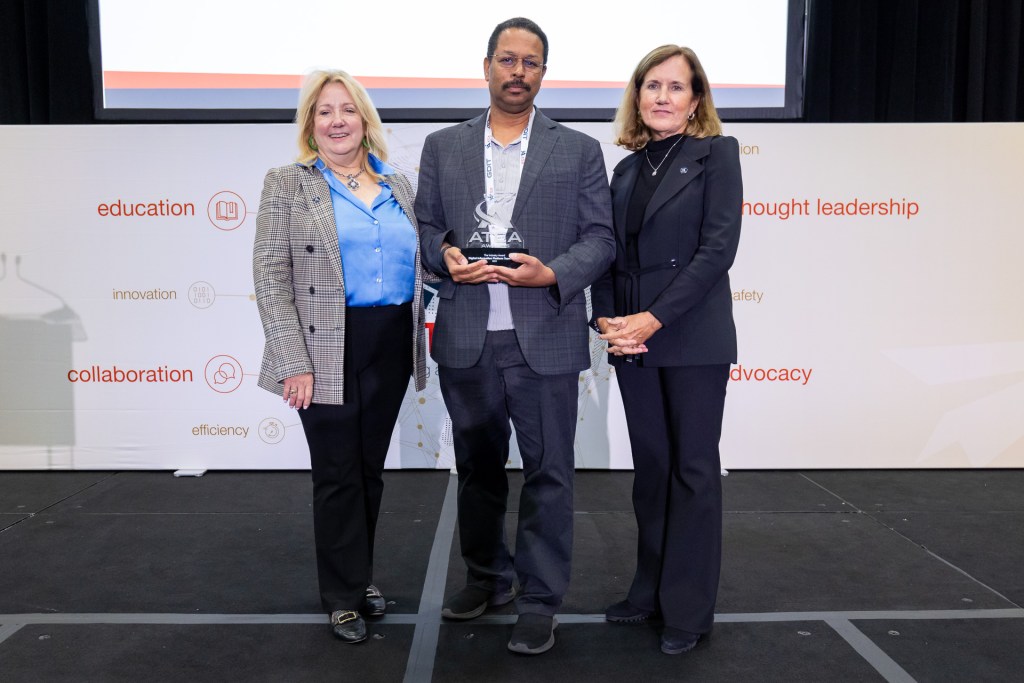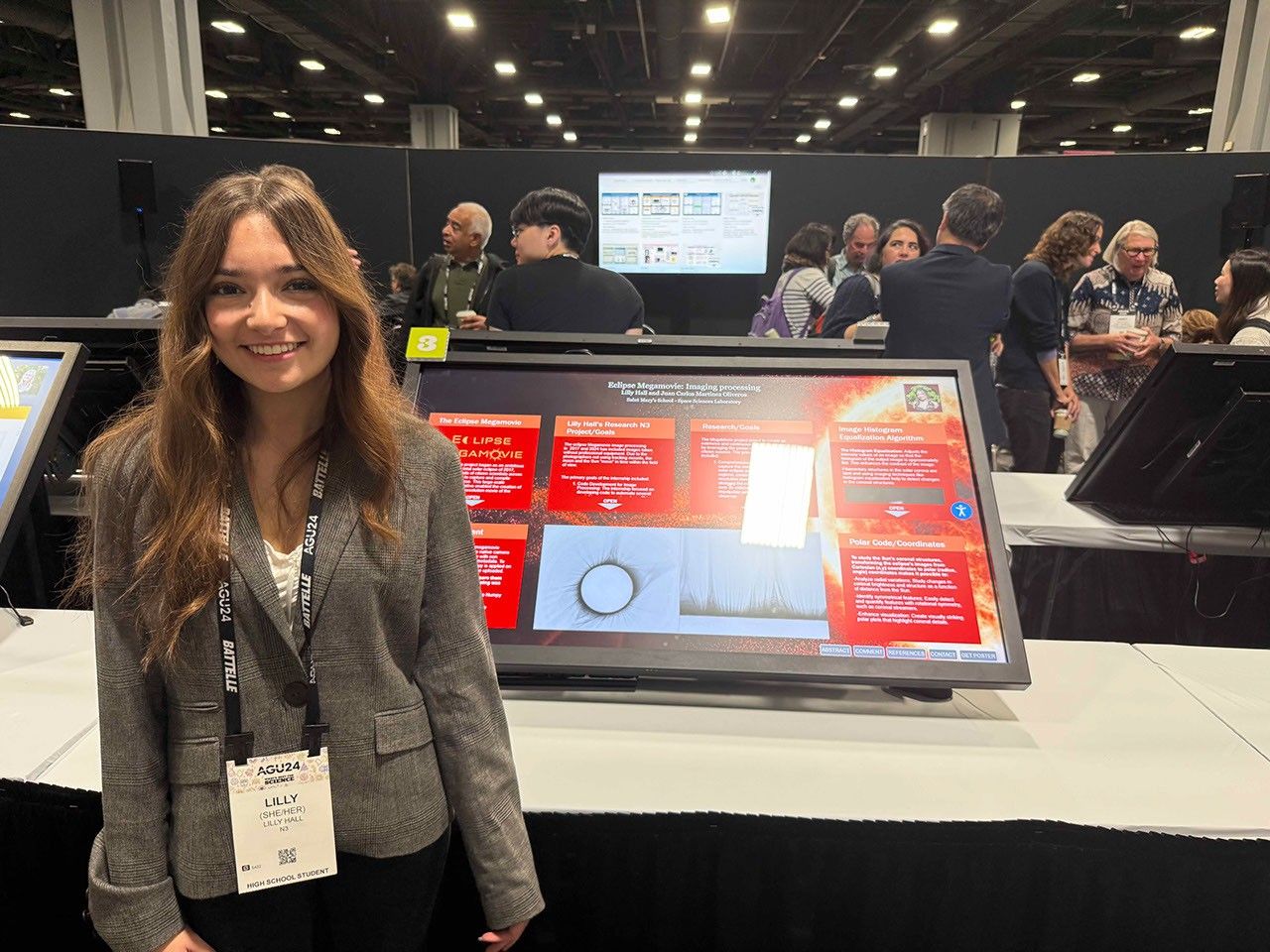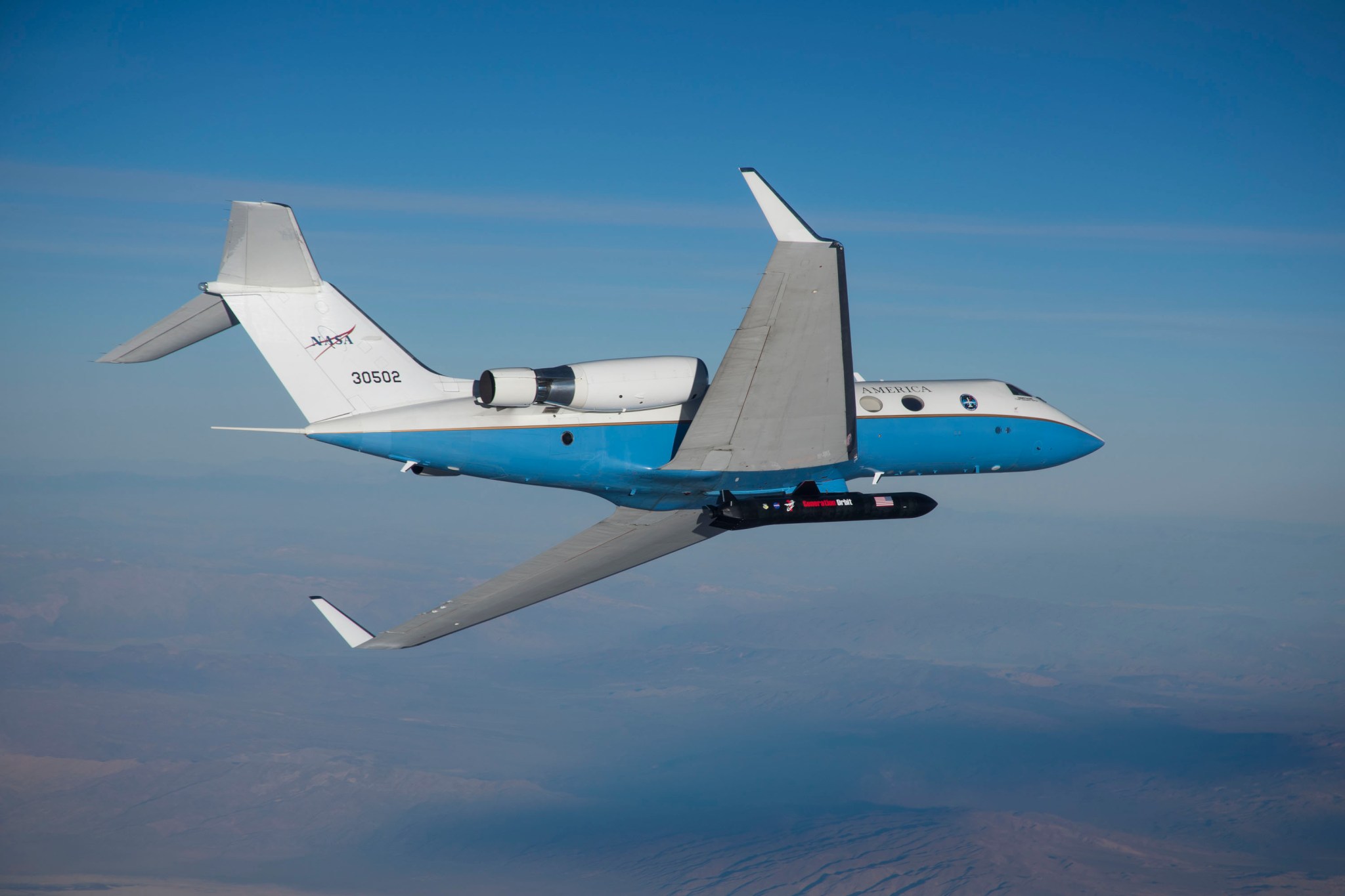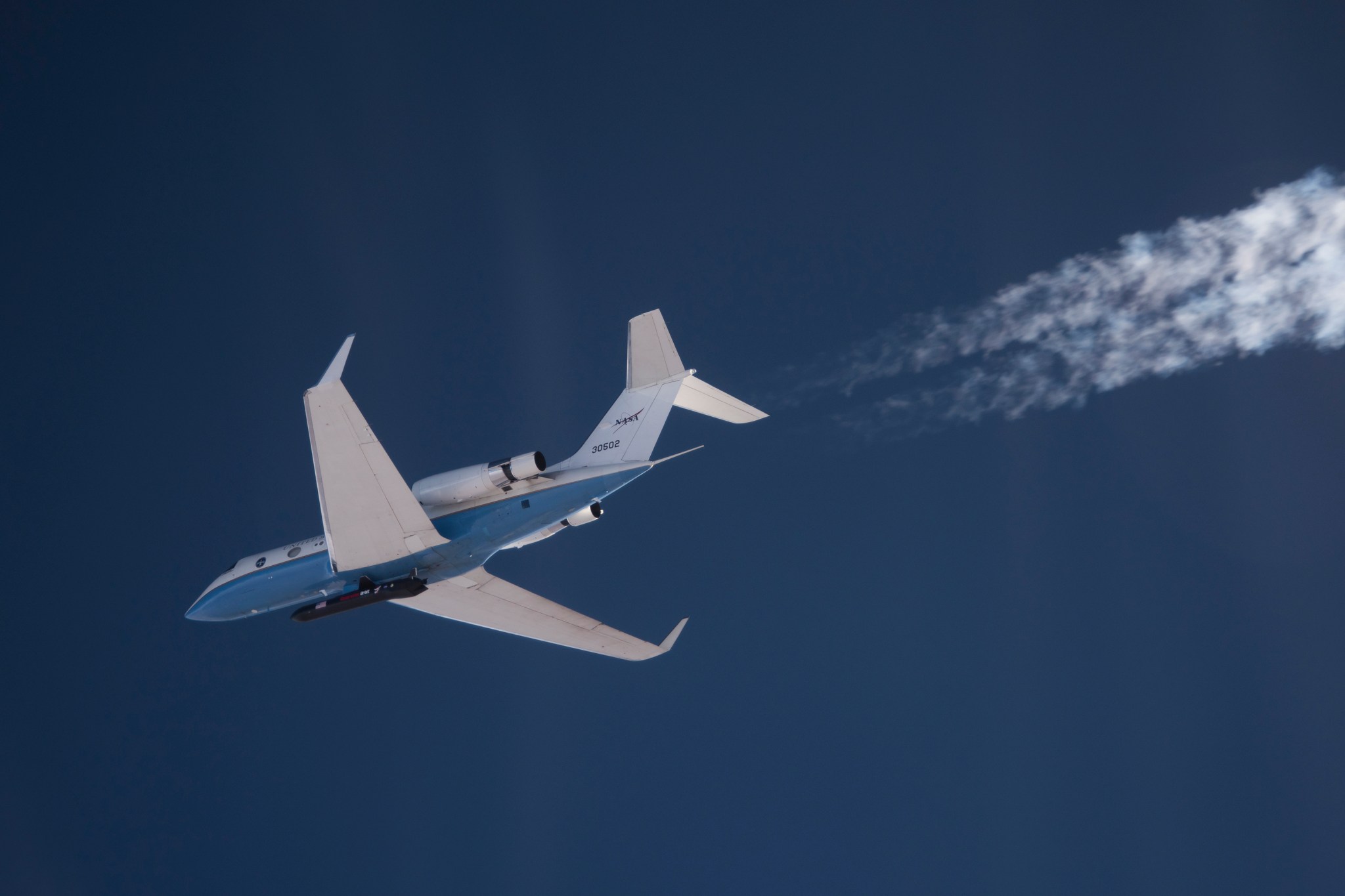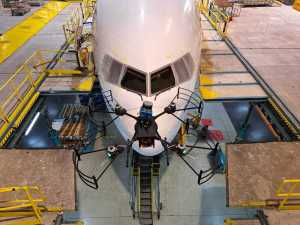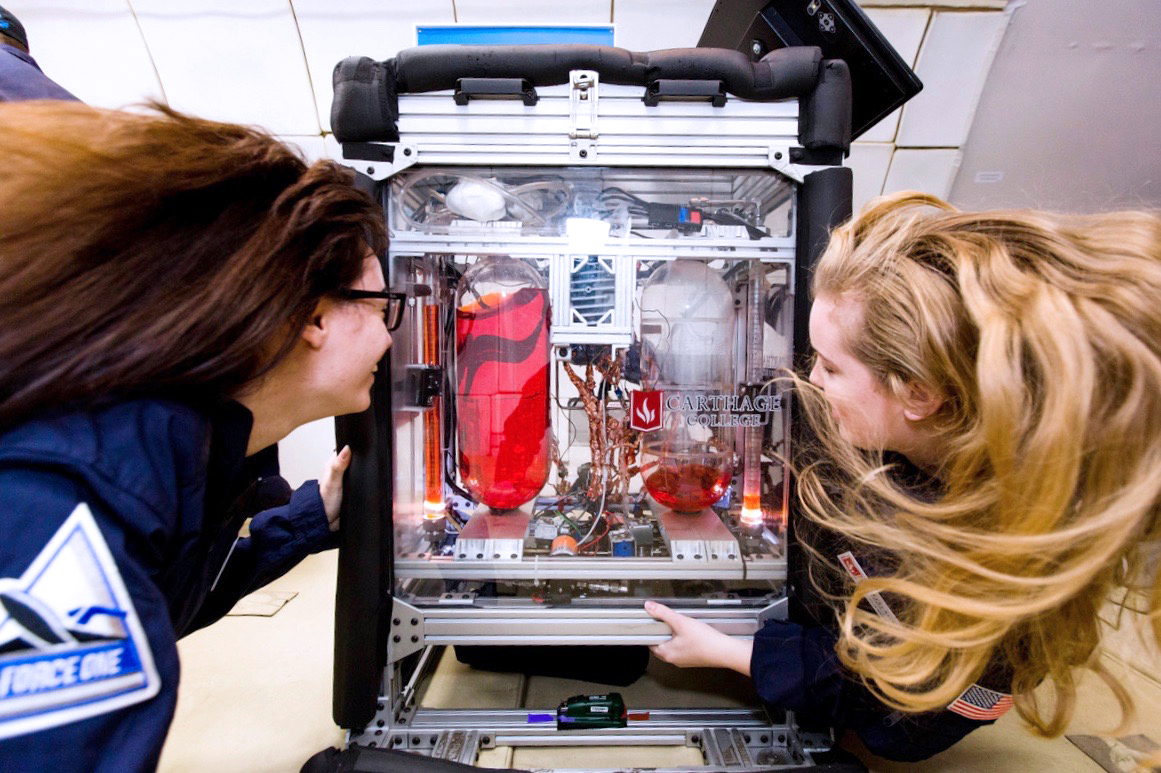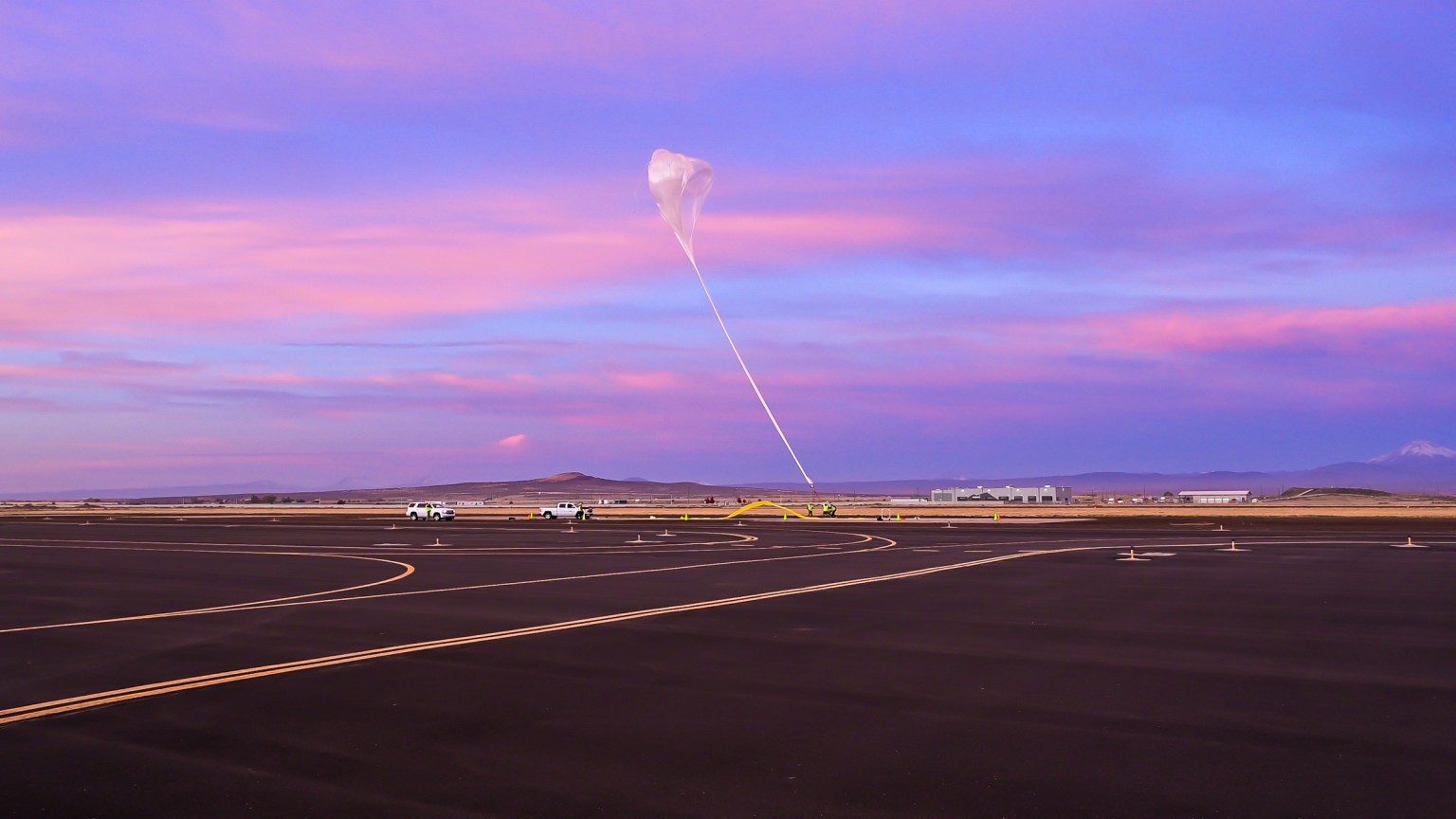NASA and Generation Orbit Launch Services Inc. (GO) in Atlanta have completed the GO1 Inert Test Article captive carry flight test program. Under a public-private partnership with the agency’s Armstrong Flight Research Center in California, GO developed the GO1-ITA, a mass properties and outer mold line simulator for the GO1 hypersonic flight testbed and earned NASA’s airworthiness approval for flight on NASA’s C-20A.
The C-20A was modified to add a centerline hard point to carry the Uninhabited Aerial Vehicle Synthetic Aperture Radar (UAVSAR) pod. A campaign of three flight tests was conducted, successfully completing all test objectives including clearing the operational flight envelope of the C-20A with the GO1 pod as well as demonstrating a unique launch maneuver designed for air launch of the GO1 on operational flights starting in 2019. Data collected during the campaign will be used to validate models and inform the ongoing design and development of GO1.
The GO-NASA partnership was conducted under a 2015 NASA Space Technology Mission Directorate (STMD) Announcement of Collaborative Opportunity (ACO): Utilizing Public-Private Partnerships to Advance Emerging Space Technology System Capabilities entitled “Technology Maturation and Flight Validation for Air Launched Liquid Rockets.” The non-reimbursable Space Act Agreement was signed in April 2016.
“I’m immensely proud of our team and what has been achieved in a very short timeframe,” said GO CEO, AJ Piplica. “To go from concept to flight of our company’s first flight hardware on a manned aircraft in under two years shows the talent, belief, and sheer force of will that are the trademark of the culture we’re continuing to build at GO.
He added, “Over the course of this collaboration with NASA, we’ve learned a great deal from working with the NASA Armstrong team, especially through the flight test operation portion of the collaboration. The culmination of this partnership in the successful flight test campaign has demonstrated the value of the NASA’s public-private partnership model for supporting the advancement of novel, commercial aerospace technologies.”
Generation Orbit Launch Services Inc. is working toward offering fast and dedicated space transportation services for small payloads. The air-launch approach was developed by the company to provide flexible launch capabilities and to reduce fixed infrastructure needs, launch costs, and the time from contract signature to launch.
“This public-private partnership between NASA and Generation Orbit helped to advance a commercial air-launch system for delivering small payloads that will someday benefit the nation’s space and hypersonic needs,” said Ron Young, program manager for NASA’s Flight Opportunities program. “Armstrong’s rich heritage to safely fly unique aircraft configurations and Generation Orbit’s rapid ability to quickly deliver a flight test article allowed for a significant accomplishment advancement in this commercial capability in a short period of time.”
NASA’s C-20A is based at Armstrong’s Building 703 in Palmdale, California. The aircraft supports missions under NASA’s Science and Space Technology Mission Directorates.
For more information, visit GO on the web and follow GO on Twitter @generationorbit.
Leslie Williams
NASA Armstrong Flight Research Center
leslie.a.williams@nasa.gov
Ashley Russ
Generation Orbit
ashley.russ@generationorbit.com





